Estimated reading time: 8 minutes
Stretching your cat is more than just a cute TikTok video trend. It’s an essential part of maintaining your cat’s overall health and well-being. Stretching can help improve your pet’s range of motion and prevent injuries. Not sure how to stretch your cat properly? You’re in the right place!
The Benefits and Importance of Stretching Your Cat
Stretching is not just an enjoyable pastime for your cat; it also offers several health benefits. In this section, we’ll explore why stretching your cat can be an essential part of its overall well-being.
Physical Benefits
- Improves Range of Motion: Regular stretching can help maintain and improve your cat’s joints and muscles. This is especially beneficial for older cats who may struggle with stiffness.
- Prevents Injuries: By helping to keep muscles supple, stretching can prevent potential injuries. A daily routine of stretching will keep your cat agile and ready for action.
- Improves Circulation: Stretching stimulates blood flow and can aid in improving circulation throughout your cat’s body.
- Aids in Relaxation: Stretching can also help your cat relax. It’s a calming activity that can reduce stress.
Emotional Benefits
- Strengthens Your Bond: Taking time to stretch your cat shows love and care. It’s a special time that can strengthen your bond with your feline friend.
- Increases Enjoyment: Making stretching enjoyable with treats, toys, or even a fun TikTok video can turn the routine into a game. Cats often stretch naturally, and turning it into playtime increases their enjoyment.
- Customized Care: Paying attention to your cat’s preferences lets you customize the stretch, adding to the pleasure of the experience.
Considerations for Older Cats
Older cats may need extra care during stretching. They might have arthritis or other joint issues, and being gentle and aware of their needs is essential. Consulting with a vet might be necessary to ensure the proper technique.
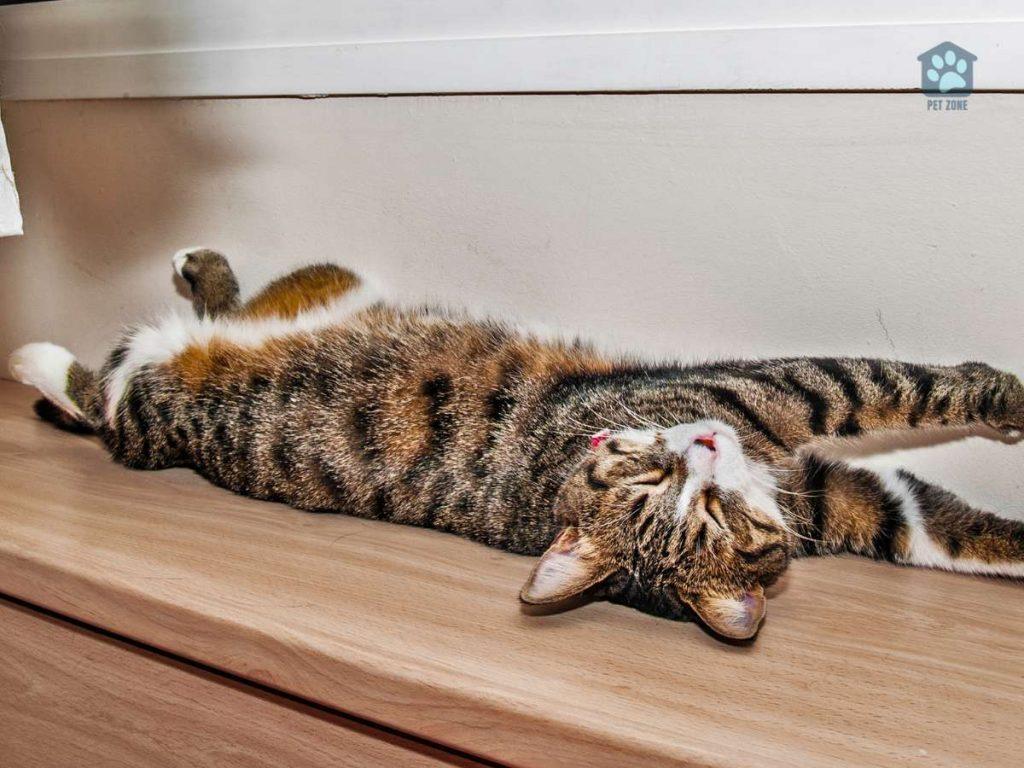
Guidelines for Stretching Your Cat
Knowing how to stretch your cat is important, but following the right guidelines ensures safety and comfort for your pet. Here’s a detailed look at what you need to consider:
Safety Guidelines
- Warm Up: Just like us, cats need to warm up before stretching. You can gently pet your cat’s body or use toys to encourage movement.
- Gentle and Slow: When you stretch your cat, do it slowly and with gentle hands. Sudden or fast movements can hurt or scare your cat.
- Avoid Pain: If you notice pain or discomfort, stop the stretch. Your cat’s well-being is the priority. Always consult medical advice if pain continues.
- Don’t Overstretch: Hold the stretch for only a second or two. Older cats may need even gentler handling.
- Proper Grip: Make sure your cat feels secure. A proper grip, especially around the paw and armpit, is essential to prevent injury.
Tools You May Need
- Soft Blanket: To ensure comfort, lie your cat down on something warm and soft.
- Treats or Toys: These can stimulate your cat to participate in the stretch session.
- Comfortable Environment: Pick a quiet, relaxing place where your cat can feel at ease.
When Not to Stretch Your Cat
Sometimes, stretching your cat may not be appropriate. Here are some examples:
- If your cat has arthritis or a medical condition, consult your vet before attempting to stretch.
- If your cat doesn’t want to participate or shows signs of distress, allow them to move away.
- If you’re unsure of the proper technique, consult professional guidance or avoid stretching your cat to prevent the risk of injury.
Guidelines like these help maintain the enjoyable and beneficial aspects of stretching your cat. By paying attention and following these guidelines, you can ensure a positive experience. Keep in mind that regular stretching, done properly, can be a valuable part of your cat’s daily routine.
How to Make Stretching Your Cat Enjoyable
Stretching your cat should be an enjoyable experience, not a chore. Cats, like people, have preferences and moods, and these must be taken into consideration. Let’s explore how to make the stretching session pleasurable for your cat.
Finding Your Cat’s Likes
- Treats and Toys: Every cat has favorite toys or treats. Use these to encourage participation. When your cat enjoys a treat, stretching feels like a game, not a task.
- Attention to Mood: Cats have moods too. Pay attention to when your cat is relaxed and ready for action. This is the ideal time for a stretching session.
- Personalized Approach: Just like you wouldn’t pick a one-size-fits-all approach for people, the same goes for cats. Some may love a big stretch, while others prefer something gentle.
Creating a Calm Environment
- Choose the Right Spot: Pick a location where your cat usually relaxes. Familiar surroundings help your cat feel at ease.
- Soft Music or Original Sound: Some cats may enjoy soft music or the original sound of their surroundings. Experiment to find what your cat likes.
- Regular Schedule: Cats are creatures of habit. Incorporate stretching into the daily routine, and your cat will come to expect and enjoy it.
By being aware of your cat’s likes and dislikes and creating a calm environment, stretching becomes a treat rather than a chore. It’s an opportunity to bond and show love, enhancing the overall enjoyment for both you and your cat.
Remember, there’s no rush. Take your time and allow your cat to participate at their own pace. Be gentle, attentive, and patient, and the stretch session will turn into a treasured time you both look forward to.
Step-by-Step Process to Stretch Your Cat
Now that you know the guidelines and how to make stretching enjoyable, let’s move forward with a step-by-step guide. Stretching your cat doesn’t have to be complex. Here’s a simple guide to help you get started:
Pre-Stretch Routine
- Set the Mood: Pick a calm spot where your cat feels relaxed.
- Warm Up: Engage your cat with gentle petting or playing with toys to encourage movement.
- Get Your Tools Ready: Have treats or toys on hand, and lie your cat down on a soft, warm blanket.
Performing the Stretch
- Start with the Paws: Gently grip the front paws, and slowly stretch the arms forward. Hold for a second, then release.
- Move to the Armpit Area: Gently stretch the armpit by moving the arm outward. Do this slowly and don’t push too hard.
- Tail and Back Stretch: Carefully lift the tail and move it from side to side. Follow with a gentle back stretch.
- Leg Stretch: Gently hold the back legs and stretch them one at a time.
- Always Monitor: If you notice any pain or discomfort, stop the stretch and consult a vet if needed.
Post-Stretch Care
- Reward Your Cat: Offer treats or toys as a reward.
- Allow Relaxation: Let your cat relax and enjoy the attention after the session.
- Maintain Regularity: Make stretching part of the daily routine for the best benefit.
This step-by-step guide helps ensure a positive experience as you stretch your cat. Be gentle, take your time, and remember that the goal is to improve your cat’s health and strengthen your bond with your feline companion.
Regular stretching not only helps keep your cat’s muscles and joints in good shape but also turns into a special time you both look forward to. Whether it’s a big stretch or a gentle one, make sure your cat enjoys the process, and don’t forget to consult medical professionals whenever in doubt.
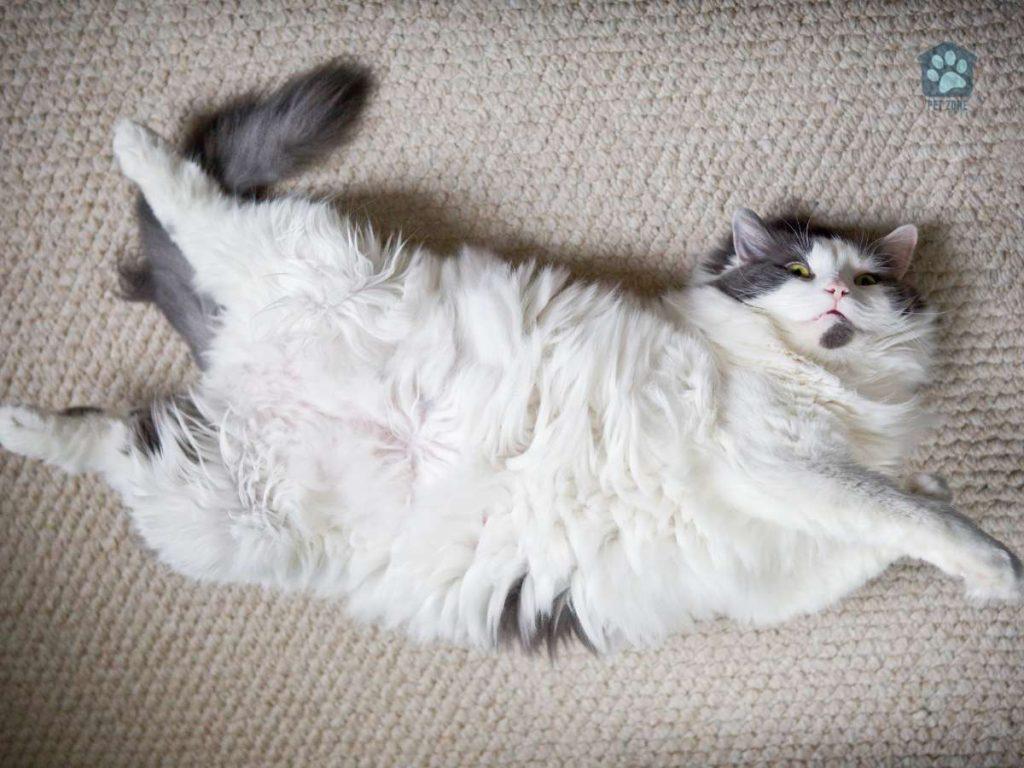
How to Recognize and Prevent Pain in Your Cat During Stretching
Understanding your cat’s comfort is crucial when stretching. Recognizing signs of pain and knowing how to prevent it will make the experience more enjoyable and safe.
Signs of Pain or Discomfort
- Physical Reactions: Watch for sudden jerks or withdrawal. Your cat might also hold its tail tense or move away from your grip.
- Vocalization: Listen for any unusual sounds or cries. These could signal discomfort.
- Changes in Behavior: If your cat is usually calm but becomes aggressive or fearful during stretching, take notice.
How to Prevent Pain and Discomfort
- Be Gentle: A gentle approach reduces the risk of injury and pain. If you’re unsure, always opt for a softer touch.
- Follow Guidelines: The guidelines we’ve discussed earlier will guide you in providing a safe and effective stretching session.
- Consult Professionals: If you’re unsure or if your cat has a medical condition like arthritis, consult with a vet or professional.
When to Consult a Vet
If you ever notice persistent pain, don’t wait. Consult your vet or another medical professional right away. They can advise on proper techniques or assess if there’s an underlying condition.
Paying close attention to your cat’s reactions and following proper guidelines can help prevent pain and make stretching an enjoyable daily routine. Remember, your cat’s well-being is the priority, and it’s always better to be gentle and aware of their feelings.
Embracing the Joy of Stretching Your Cat
Stretching your cat is more than a fleeting trend; it’s a rewarding activity that offers a host of physical and emotional benefits. From improving circulation and reducing the risk of injury to strengthening your bond with your furry friend, this daily routine can become an enjoyable part of your cat’s life.
Whether you’re engaging in a big stretch or something more gentle, the key is to be attentive, loving, and considerate of your cat’s needs and feelings. By following the proper guidelines and making each session a time of connection and fun, you ensure a positive experience.
Feel free to share your stretching experiences in the comments below, or share this article with fellow cat lovers who might find these tips helpful.
As an Amazon Associate I earn from qualifying purchases.
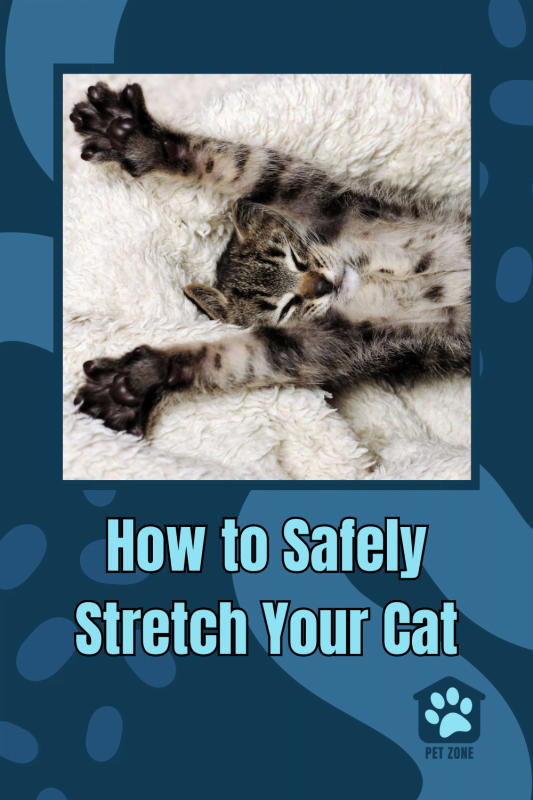


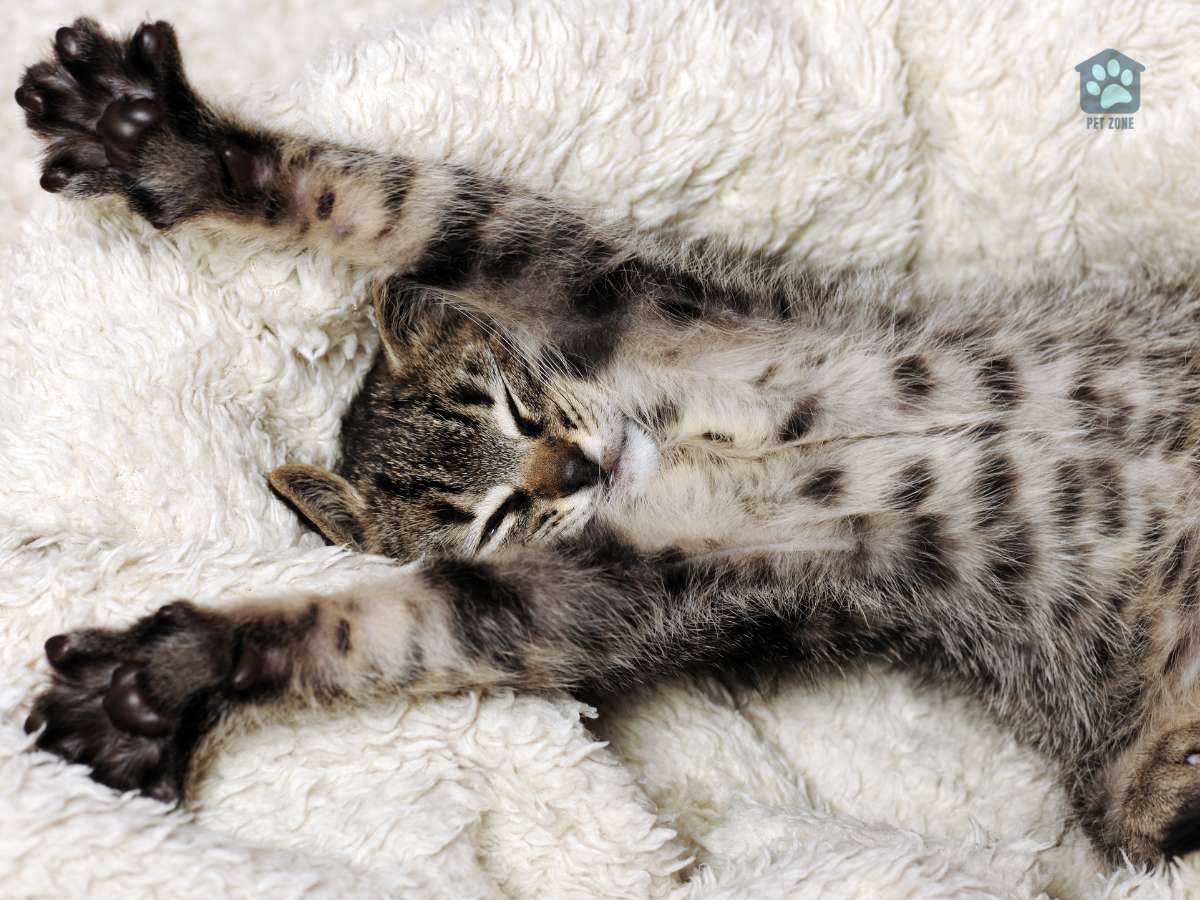
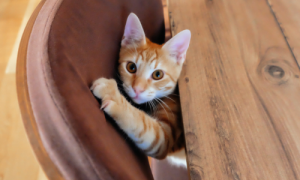
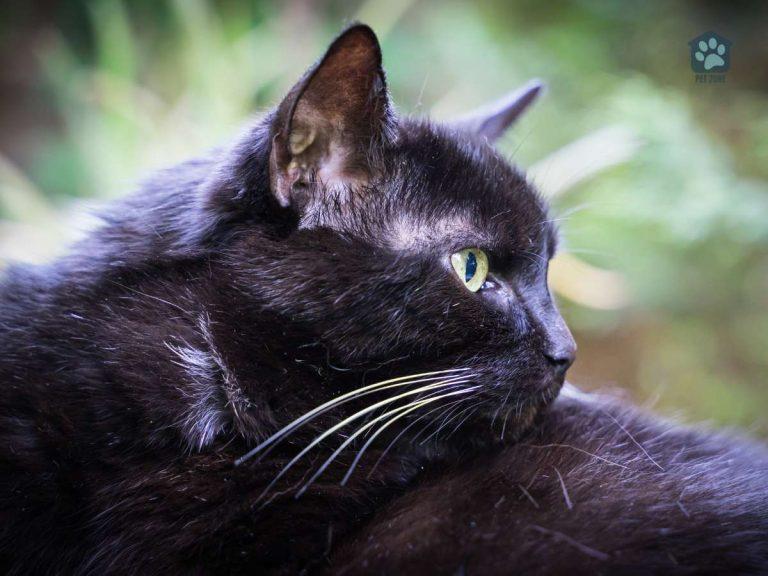
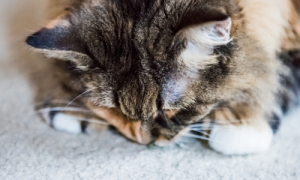
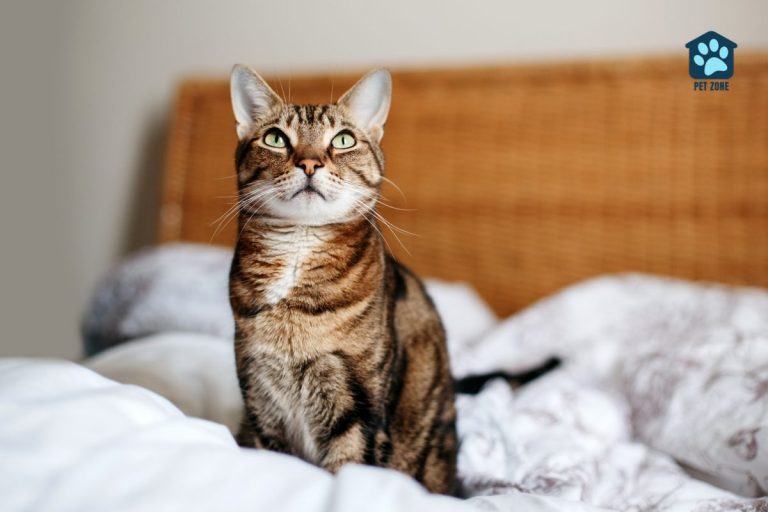

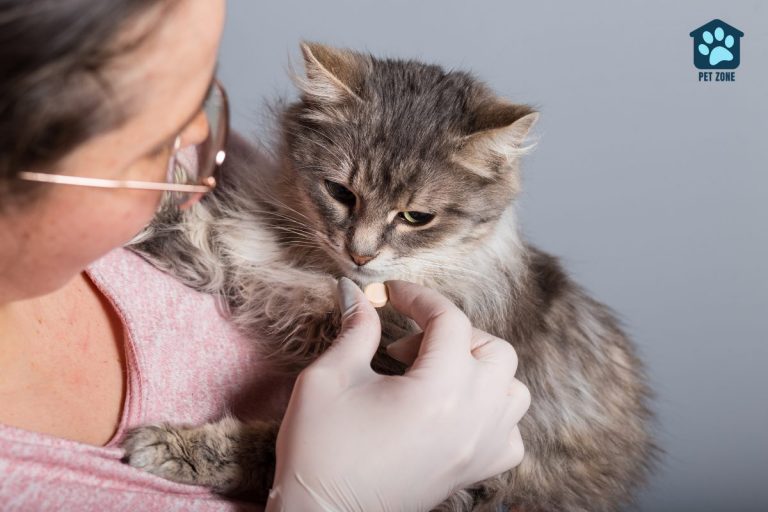
I feel like a horrible cat mom that I didn’t know this was a thing!! But it makes sense! My 14-year-old cat will probably send you a thank you card later.
That’s new to me. I had several cats through the years, but never stretched any of them. I thought they do it only by themselves. Thanks for sharing this detailed and helpful guide!
This is great for a new cat owner! Thank you!
My cat loves stretching and I really like all your suggestions. Thanks for sharing!